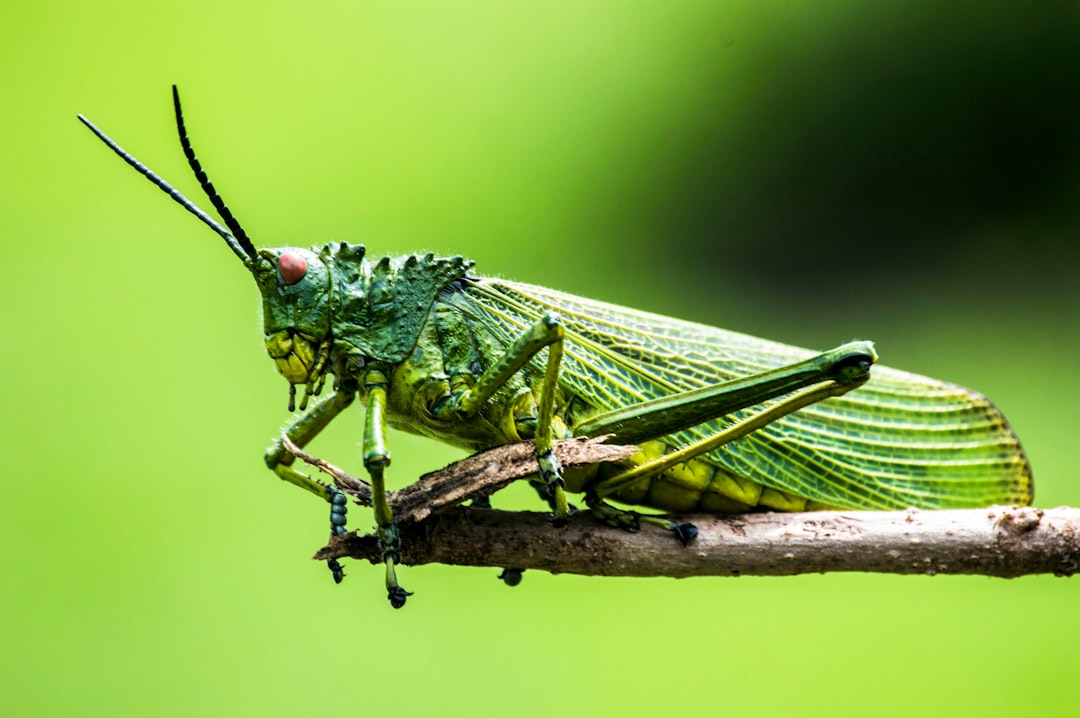
As we strive for a cozy and pest-free indoor environment, the utilization of bug zappers has become increasingly popular. These innovative devices offer an efficient solution to control flying insects such as mosquitoes, flies, and other pesky bugs within the confines of our homes. In this comprehensive guide, we delve into the world of bug zappers designed for indoor use, exploring their benefits, types, placement tips, and maintenance practices to ensure optimal functionality.
Understanding the Benefits of Bug Zappers for Indoor Spaces
Bug zappers are electrically powered devices that attract insects using ultraviolet (UV) light and then eliminate them through an electric shock or trapping mechanism. When strategically placed indoors, these units provide a non-toxic and environmentally friendly method to reduce insect populations significantly. By targeting flying pests that may carry diseases or cause discomfort, bug zappers contribute to creating a healthier and more pleasant living environment for occupants.
Types of Bug Zappers Ideal for Indoor Applications
When selecting a bug zapper for indoor use, it is essential to consider factors such as size, coverage area, safety features, and noise level. There are several types of bug zappers available in the market:
-
Plug-in Bug Zappers: Compact units designed to be plugged directly into electrical outlets are ideal for small rooms or areas with limited space. They offer convenience and ease of installation.
-
Hanging Bug Zappers: These models come with hooks or chains for easy suspension from ceilings or walls. They are suitable for larger spaces such as kitchens, living rooms, or outdoor patios when used indoors.
-
Standing Floor Models: Floor-standing bug zappers provide comprehensive coverage in spacious rooms or open areas by attracting insects from various directions. They often feature additional functionalities like night lights or adjustable settings.
Effective Placement Strategies for Bug Zappers Indoors
To maximize the effectiveness of your bug zapper in indoor settings, proper placement plays a crucial role:
- Place the bug zapper away from competing light sources such as windows or bright lamps to enhance attraction towards UV light.
- Position the device at least 6-8 feet above ground level to target flying insects at their eye level.
- Keep the surrounding area clear of obstacles that may obstruct insect access to the bug zapper.
- Regularly clean and maintain the unit to ensure uninterrupted operation and optimal performance.
Maintenance Practices to Ensure Longevity and Efficiency
To prolong the lifespan and efficiency of your indoor bug zapper:
- Clean regularly: Remove debris or dead insects collected in the trap compartment using a soft brush or vacuum cleaner.
- Replace bulbs: Periodically replace UV bulbs according to manufacturer recommendations to maintain strong attraction capabilities.
- Inspect wiring: Check electrical cords and connections for wear or damage regularly to prevent hazards.
- Store properly: When not in use, store your bug zapper in a dry place away from moisture or extreme temperatures.
In conclusion,…
(Word Count: 504 words)
Please let me know if you would like me to expand on any specific sections further!





